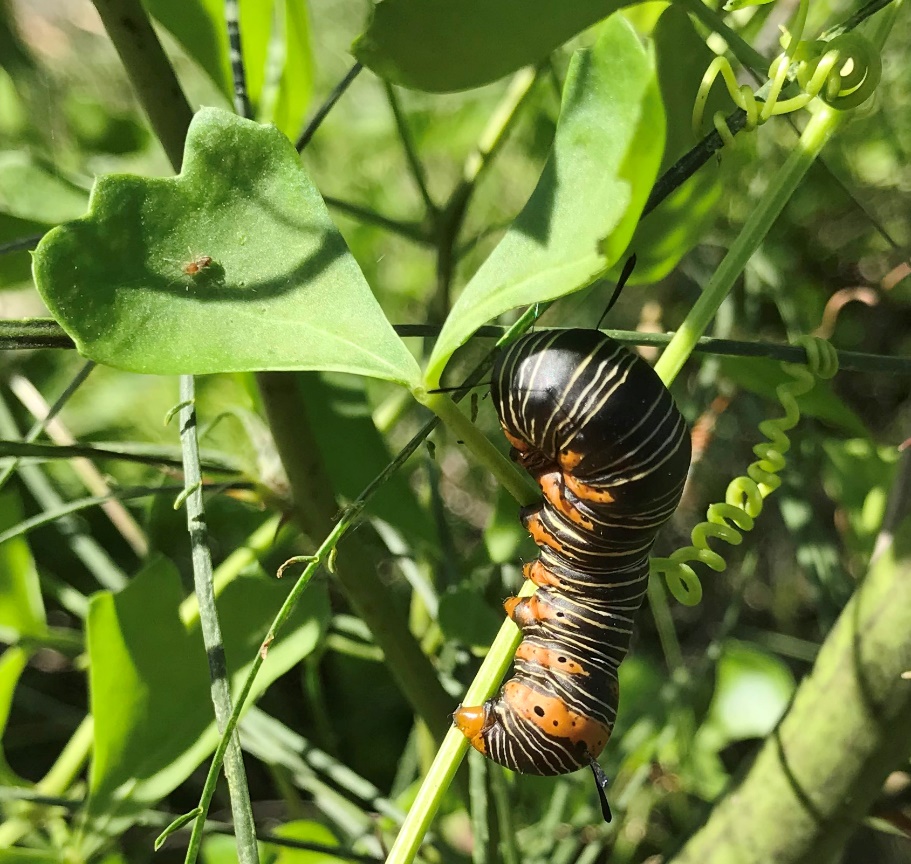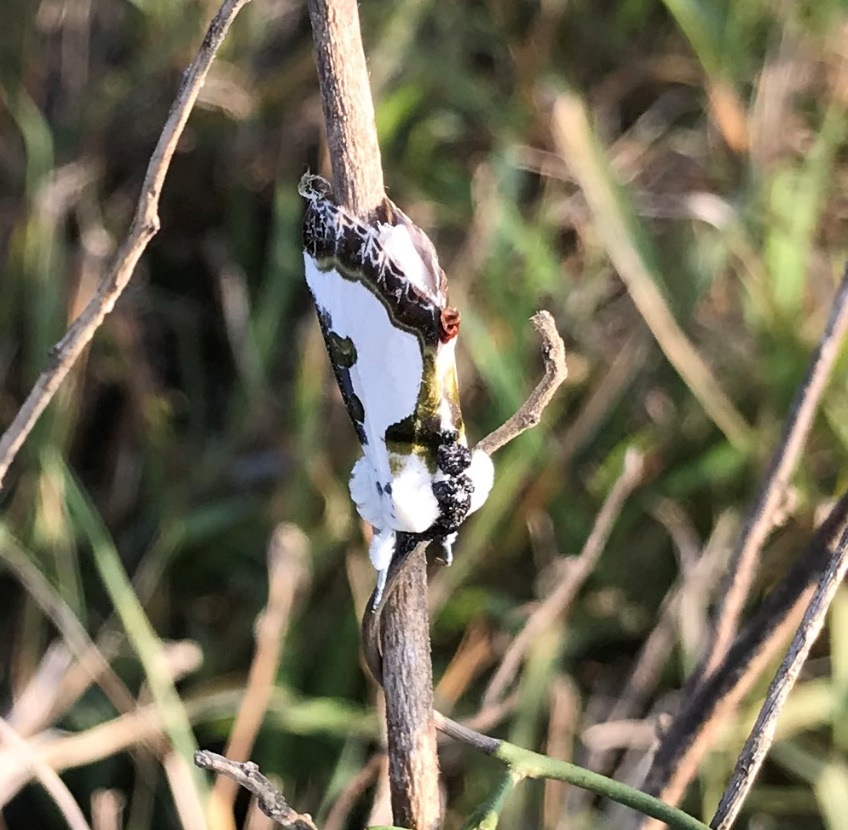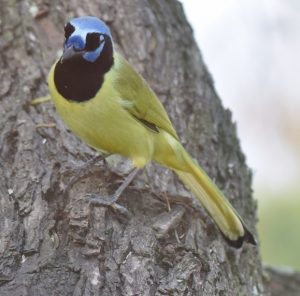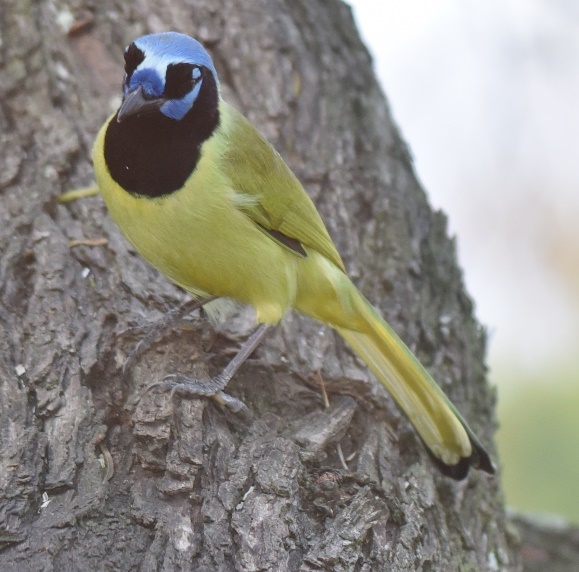Doug Tallamy, PhD, professor at the University of Delaware’s Department of Entomology and Wildlife Ecology, and author of a recent book, “Nature’s Best Hope — Restoring Nature’s Relationships,” gave an outstanding presentation at the 2020 Virtual TMN meeting with workable ideas whereby he proposes that we can make our “combined yards” — across the nation — “into the largest nature park” in the United States and offer “Nature’s Best Hope” to heal the land and recover from decades of landscape abuse.
Tallamy’s concept is to promote ideal habitats for caterpillars — the species that contribute the most to ecosystem function. “We need to renew all parts of nature, but for now, focus on caterpillars because in terms of sustaining food webs, caterpillars are essential,” Tallamy said.
For instance, 90 per cent of birds feed their young on caterpillars. When insects decline, birds decline. Caterpillars transfer more energy from plants to other animals than any other plant-eaters.
We can add caterpillars to landscapes by adding the plants that support them by shrinking lawn areas at every residential yard across the nation, and replacing that portion with designed, layered landscapes using primarily native plants. Just as importantly is to incorporate local ornamental plants at a less than 30 percent proportion of the designated planted area. This habitat design will promote and sustain butterfly and moth caterpillars.
Many caterpillars are host plant specific and other caterpillars are plant family specific. Research for host plant information is called for prior to planting.
Tallamy’s concept isn’t just good for Delaware, it’s a viable idea for anywhere in the world, using plants native to any given geographical area and ornamental plants that are also area specific and ecologically productive — in other words, cultivated plants that would not become destructive to the environment.
In Delaware, Tallamy said that just five percent of their native plants make 75 percent of the caterpillar food that drives food webs. That statistic, or close to those same numbers is imaginably similar in ecoregions anywhere.
For the Valley, check your intended ornamentals at the following website to ensure they are not on the Texas invasive list: https://www.texasinvasives.org/
From my yard, I’ve identified — via iNaturalsit.org — 189 moth species and 64 butterfly species.
That’s a lot of potential caterpillars — a lot of nourishment up the food chain to sustain the diversity I enjoy in my yard, such as lizards, birds, snakes, armadillos, bats and other critters.
Personally, it’s a give and take. My first love is butterflies, and through moth sheet/blacklight events this summer, I have come to enjoy moths and finding a diversity of caterpillars in our yard.
The Wilson’s wood nymph moth caterpillar is delightful. Part of me hates to think about it getting plucked up before it’s allowed to develop into the stunning Wilson’s wood nymph moth.


But would I really want to do without the beautiful and unique birds I enjoy, like the entertaining and colorful green jays, great kiskadees, kingbirds, thrashers, titmice and orioles that depend on caterpillars for food to raise their young?



Leave a Reply